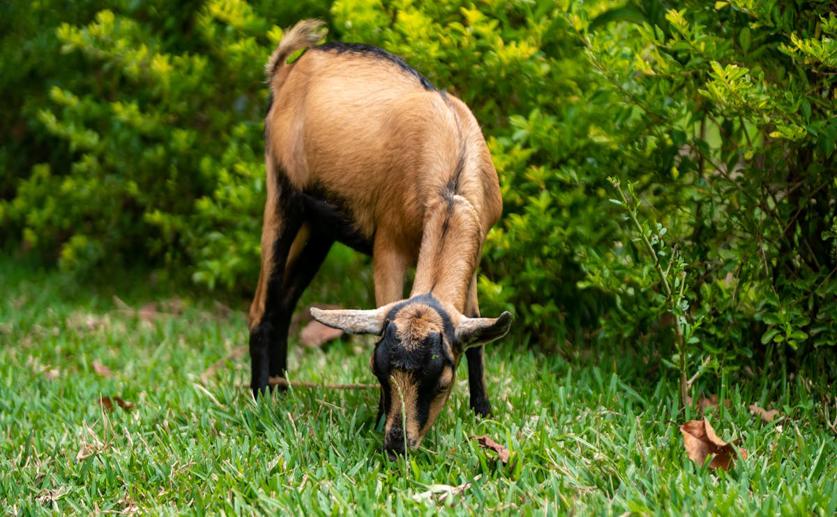
Garlic and Willow Extracts Improve Digestibility and Health in Dairy Goats
Greg Howard
18th May, 2024

Image Source: Collines Omondi (photographer)
Key Findings
- The study was conducted by the University of Reading on nine adult non-lactating Saanen goats over 28 days
- Goats fed with willow extract showed the highest digestibility of dry and organic matter, suggesting better nutrient absorption
- Both garlic and willow extracts reduced fecal egg counts of gastrointestinal nematodes, indicating potential anthelmintic properties
NutritionPlant ScienceAnimal Science
References
Main Study
1) Effect of calcium soaps from garlic (Allium sativum) and willow (Salix babylonica) extracts on nematode loads, nutrient intake and digestibility, nitrogen balance and rumen fermentation kinetics in dairy goats.
Published 17th May, 2024
https://doi.org/10.1017/S0022029924000141
Related Studies
2) Anthelmintic activity of plants against gastrointestinal nematodes of goats: a review.
3) Effects of Feeding Garlic Powder on Growth Performance, Rumen Fermentation, and the Health Status of Lambs Infected by Gastrointestinal Nematodes.
4) Loline Alkaloid Effects on Gastrointestinal Nematodes.



 10th May, 2024 | Jim Crocker
10th May, 2024 | Jim Crocker